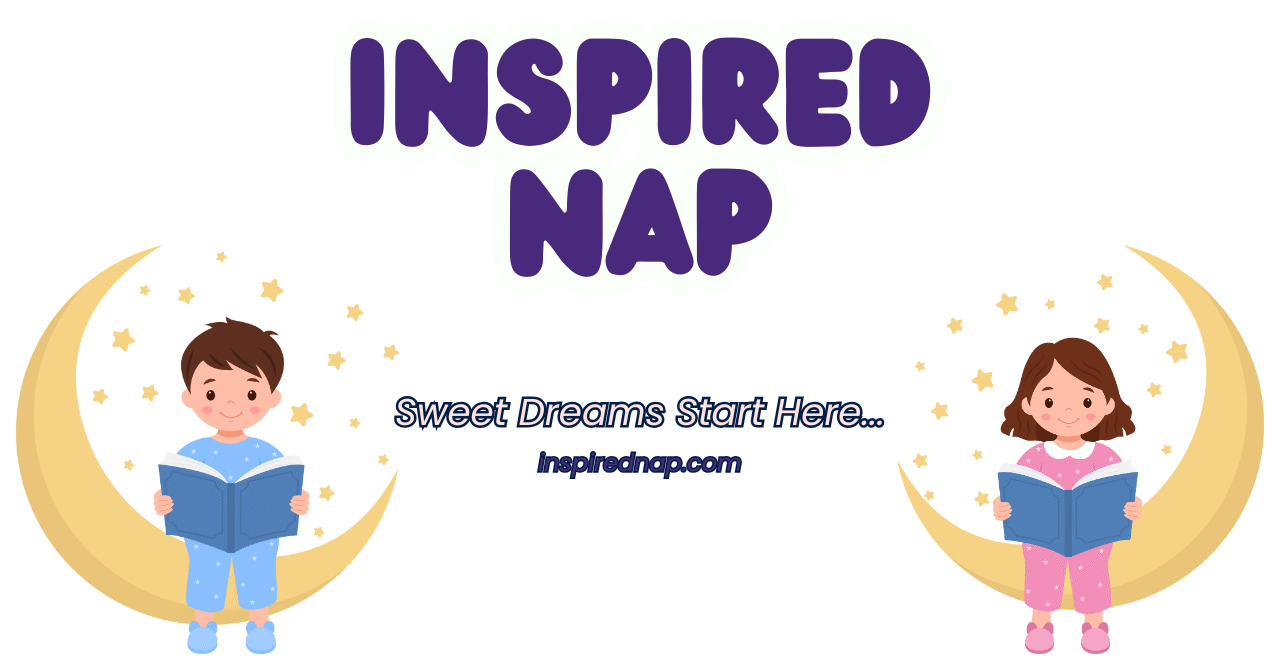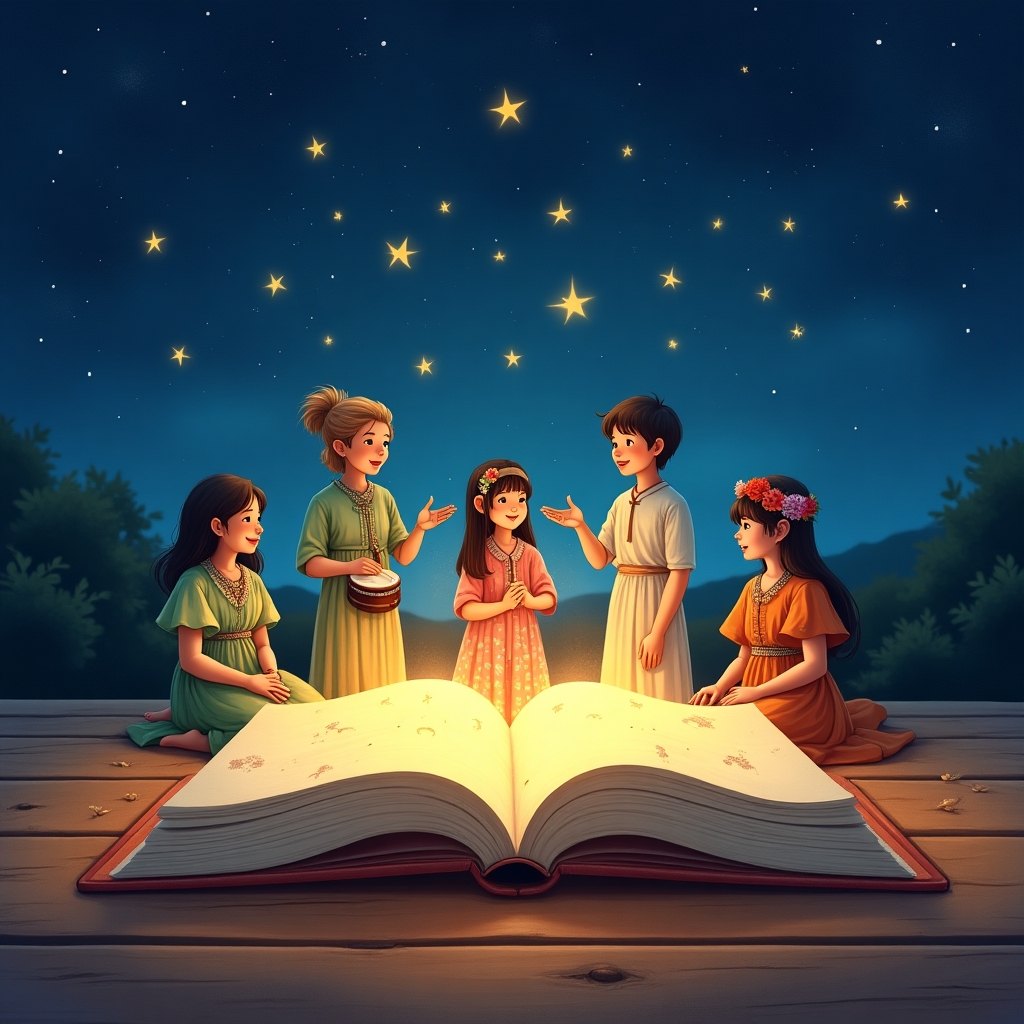Bedtime stories have always been more than just a ritual to help children drift off to sleep. They serve as windows into different cultures, teach morals, strengthen parent-child bonds, and give children a sense of identity and empathy. In a globalized world, introducing children to multicultural bedtime stories helps them appreciate cultural diversity, respect differences, and understand far-off traditions.
Why Multicultural Bedtime Stories Matter
- Promotes empathy and acceptance
When children hear stories from various cultures Africa, Asia, Latin America, the Middle East, Indigenous peoples they begin to see that people live differently but share similar hopes, dreams, and challenges. - Preserves heritage and traditions
Folktales, myths, legends are passed down orally. They keep alive traditions, moral lessons, and wisdom from ancestors. - Enhances language learning and cultural exposure
Stories from different cultures often include new vocabulary, different proverbs, rhythms, and sometimes other languages. Exposure increases curiosity. - Supports cognitive development
Multicultural stories introduce variability in plot, character, setting which helps children develop flexible thinking and better understanding of the world.
Multicultural Bedtime Stories from Around the World – Global Traditions
1. The Bamboo Flute of Li Wei (China)
Writer’s Intro
Every culture carries lullabies hidden in its winds. From the mountains of China, children grow up hearing stories that echo with the music of bamboo flutes, carrying lessons of patience, kindness, and harmony with nature.
Story
Li Wei was a quiet boy from a small riverside village in southern China. His family worked hard in the rice fields, but Li Wei often felt left out he was not strong like his older brothers, nor quick like the other boys. One day, his grandfather handed him a bamboo stick and said, “This flute may carry your voice farther than your strength ever can.”
Li Wei practiced every evening, his notes floating into the star-filled sky. At first, villagers laughed at his squeaky sounds, but he kept going. Slowly, the flute began to sing soft, sweet notes that calmed even restless babies.
One evening, when a great storm threatened to flood the village, Li Wei climbed the hill and played his flute. The calming sound carried across the valley, helping villagers work together, calmly protecting their homes instead of panicking. From then on, Li Wei was no longer “the weak boy,” but “the boy whose flute kept the village safe.”
Lesson
Every child has a gift. Strength is not always in muscle it can live in music, creativity, and patience.
2. The Firefly’s Gift (Brazilian Amazon)
Writer’s Intro
In the heart of the Amazon rainforest, storytelling happens under the canopy of stars. Many tales are woven around animals, insects, and nature spirits—reminding children to respect the jungle that gives them life.
Story
Little Amara loved to chase fireflies in the warm evenings of her Brazilian village. Her grandmother warned, “Don’t trap them. They carry light from the forest spirits.”
But one night, Amara caught a firefly in a jar. She admired its glow and whispered, “I will keep you forever.” Soon, the firefly’s light dimmed, and the jar grew dark. Amara felt guilty and released it.
The next evening, when she went into the forest, dozens of fireflies surrounded her, lighting her path home when she was lost. She realized the gift of light was never hers to keep it was to be shared.
Lesson
Freedom and respect for nature bring light to everyone. What we hold too tightly loses its glow, but what we share shines brighter.
3. The Night Camel of the Desert (Middle East)
Writer’s Intro
Bedtime in desert cultures often comes with starry skies and soft desert winds. Stories here are about survival, wisdom, and magical creatures guiding children through the night.
Story
Omar lived with his family in a Bedouin tent, where nights were long and filled with silence. His grandfather told him of a magical camel that visited children who could not sleep. This camel carried stars on its back and traveled silently across the dunes, sprinkling stardust to calm little ones.
One sleepless night, Omar stayed awake and whispered into the wind, “Camel of the Night, will you come?” Suddenly, a shadow appeared against the moonlight a tall, gentle camel glowing faintly with stars.
The camel knelt and let Omar climb on. Together they walked across endless dunes. Omar asked, “Why do you carry stars?” The camel replied, “Because every child deserves light when darkness feels heavy.” By morning, Omar woke in his bed, but the sand in his slippers proved his journey was real.
Lesson
Comfort comes when we believe in gentle magic. Hope is the star that guides us through the darkest nights.
4. The Little Drum of Nia (Africa – Ghana)
Writer’s Intro
Across Africa, stories often live in rhythm through drumming, singing, and dancing. The drum is not only music but also a voice for community and history.
Story
Nia was the smallest child in her Ghanaian village. During the evening fireside, elders played drums and told stories, but children were rarely allowed to touch the instruments.
One night, when the elders were away, Nia discovered a small drum hidden under a cloth. She tapped it gently, and the sound echoed like a heartbeat. The next morning, she played again soft at first, then louder. Villagers gathered, amazed at the rhythm she created.
Soon, Nia’s drumming became part of every gathering. Her beats called people to meals, celebrations, and even helped the fishermen row in time. Though she was small, her drum carried a power larger than her size.
Lesson
Every voice matters, no matter how small. Rhythm reminds us that unity is built on listening and working together.
5. The Moon Who Wanted to Dance (Japan)
Writer’s Intro
Japanese bedtime tales often mix natural elements with gentle lessons, where the moon, animals, and seasons are living characters that teach kindness and patience.
Story
The Moon looked down at Earth each night and saw children playing, birds flying, and rivers dancing. The Moon whispered, “I want to dance too.” But the stars only laughed.
One night, a kind girl named Hana stood on her balcony and said, “Dear Moon, sway with me.” She twirled slowly, raising her arms, and the Moon followed her movement. From then on, whenever Hana danced, the Moon seemed to sway in the sky.
Years later, Hana grew older, but children across her town continued dancing under the moon. They believed the Moon danced back, a reminder that even the loneliest things can find joy when someone believes in them.
Lesson
Connection comes from kindness. Even the quietest or loneliest among us shines brighter when someone includes them.
How to Choose Good Multicultural Bedtime Stories
- Authenticity: Check who wrote or collected the story. Prefer stories told by people of that culture, or vetted folk tales.
- Cultural detail: Clothing, food, festivals, dialogue, images or descriptions that reflect the actual culture.
- Age-appropriateness: Themes should match child’s age. For toddlers, simple pictures, lullabies, repetitive text. For older kids, more complex moral dilemmas.
- Language & readability: Use stories with engaging, vivid imagery. Sometimes bilingual books or translated stories add richness.
- Diversity in representation: Not just different countries, but different voices gender, minority cultures, indigenous authors, etc.
Bedtime Stories Category
👉 Add a line like:
“If you enjoy cultural folktales, don’t miss our full collection of Bedtime Stories for Kids that includes magical, funny, and moral tales for every age.”
Cultural Diversity Category
👉 Add:
“Explore more in our Cultural Diversity section, where we share stories and lessons that celebrate unity through differences.”
Family & Sibling Stories
👉 Example:
“For heartwarming bedtime reads, check out our Family and Sibling Stories, which highlight love and bonding at home.”
Animal Adventure Stories
👉 Add:
“Many world folktales feature animals as wise teachers discover more in our Animal Adventure Stories collection.”
Magical Stories for Kids
👉 Example:
“If your child loves fantasy, explore our Magical Bedtime Stories, full of fairies, moonlight adventures, and enchanted lands.”
Conclusion
Multicultural bedtime stories are more than tools for sleep they are bridges across cultures, minds, and emotions. Whether you’re sharing a tale from Africa, Asia, Latin America or indigenous peoples, each story carries lessons of kindness, courage, love and cultural wisdom. Incorporating these stories into your nightly routine can help children grow into compassionate global citizens.
When you choose stories that are authentic, age-appropriate, and rich in cultural detail, you’re not just reading you’re teaching heritage, diversity, and shared humanity.

